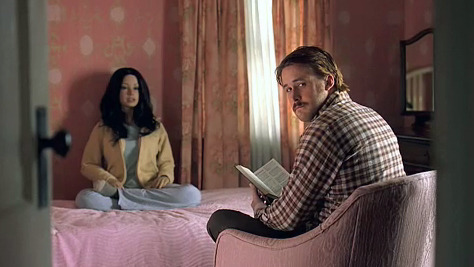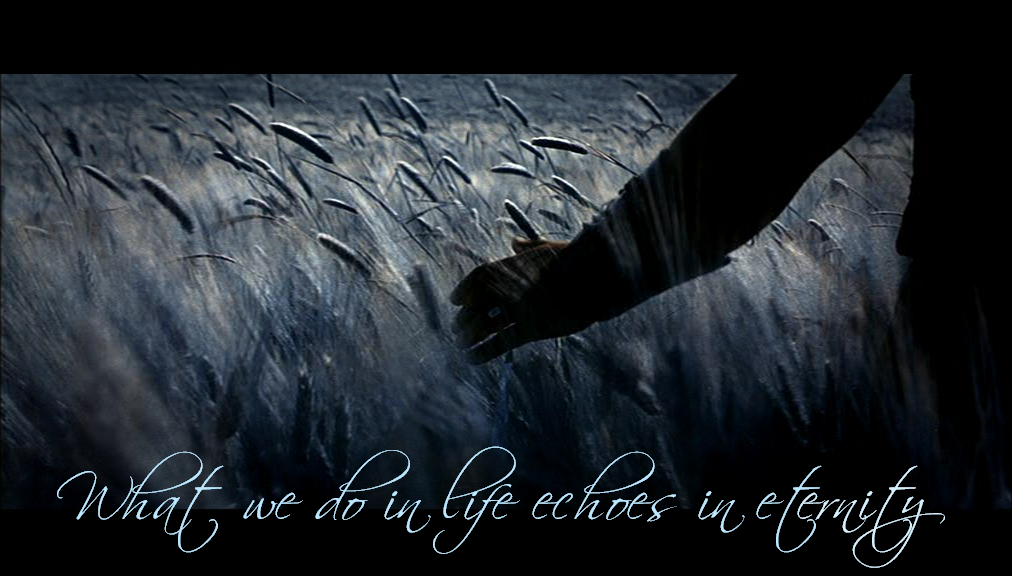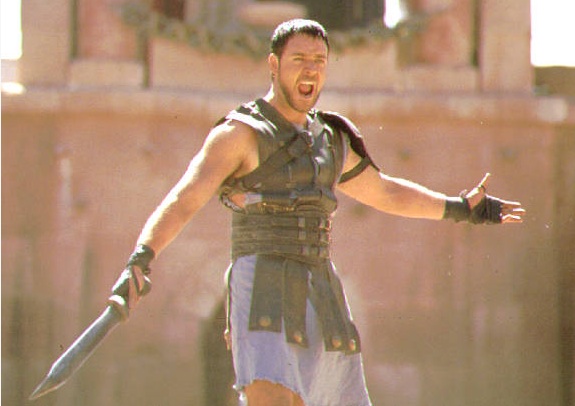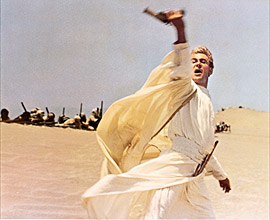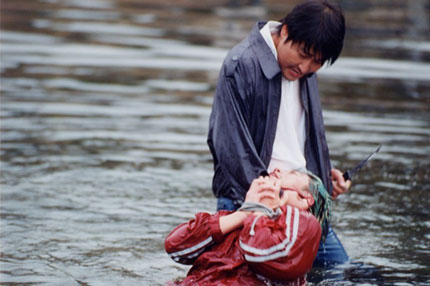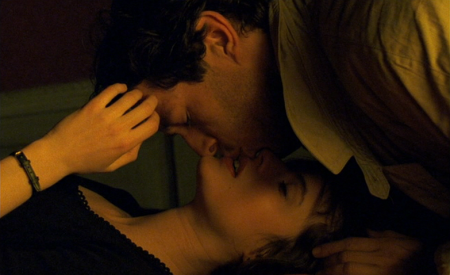There are as many negative stereotypes about mental illness as there are films with the mentally ill in them. Often you get the pan shot, as in Amadeus, where the slightly nuts walk amidst the completely bonkers. People acting with no reason whatsoever. You have the mentally ill person who is hallucinating and dangerous, about ready to strike out in violence. Your standard serial killer is seen as mentally ill.
Most mentally ill people aren't like how they are portrayed in film at all. In fact, we have a number of mentally ill people walking around with us every day. In the United States, up to forty percent of the population has been diagnosed with some kind of mental disorder, whether mild from occasional depression to major like schizophrenia. But most people who are diagnosed are able to function normally, have good marriages, be good parents. Some have difficulties, but they still offer more to society than they take from it. There are some who aren't really functional, but they are still kind and hopeful, if a bit confused. Only a very small minority of the mentally ill are violent, and they are more often violent to themselves than others. In fact, if you are a victim of violence, you are more likely to be attacked by a "normal" person than a mentally ill one. So watch out for those "normal" people...
Occasionally, a movie will get it right. They will talk about mental illness in a proper setting. Actually, Lost got it right with the characters Hugo and Elizabeth. They were pretty functional people that occasionally needed to drop out. While people like that aren't common, they are out there and at least Lost didn't adopt a stereotype.
But there are two films that I highly recommend that deal with mental illness. What makes me qualified? Well, I'm just a pastor, but I've worked with a lot of mentally ill folks, so I'm pretty familiar with the issues. While this doesn't make me qualified to diagnose or treat anyone, it does give me enough experience to recommend a couple movies.
A Woman Under the Influence (John Cassavettes 1974)
This is a film that flies under the radar, but is praised by many critics. The acting in it is phenomenal. Gena Rowlands possibly should receive best performance of all time for this role (as she did on the Filmspotting Forum). She plays Mabel, a wife and mother who is eccentric to be sure but who strives with all her might to please her hard working husband, played by Peter Falk (who also deserves awards for his performance). But the tension in the house due to her eccentric behavior, especially when guests are around, prove to be too much and her husband struggles with the decision whether she should go to an institution or not.
One of the things that struck me about the film is how realistic the details are to the mid-70's. I could see myself as their oldest son at that very time, being put into another room while guests are there, being forced to listen to my parents argue from the other room, feeling helpless as crises happen in the house. I was transported back to my childhood in a way that no other movie has ever done.
But more importantly is how mental illness is dealt with in the film. The question I think this film asks is: "Who is really mentally ill here? The eccentric one or the family who can't live with different but not dangerous behavior?" Falk hits his wife to establish boundaries, he screams at her and visitors to the house when events aren't under his control. His mother screams and gossips about Mabel, insisting that she be institutionalized because she is not "normal".
Only the children really understand that their mother isn't a person to be forced or abused or locked away, but rather protected. She is a fragile creature, and deserving of all the care she can get. And her husband really strives for that at the beginning. But it is society at large that demands that she be "normalized" and act like the pretty, obedient, oppressed wife. This movie, while having a similar theme, is much more potent than either version of The Stepford Wives. Because analogy can be dismissed, but this movie cannot. The only reason Mabel isn't acceptable is because the people around her say she isn't acceptable.
Lars and the Real Girl (2007)
How many comedies about the mentally ill don't laugh at the expense of the mentally ill? Lars and the Real Girl is quietly hilarious, but also deeply inspirational, and none of the humor is out of place or takes advantage of those weaker. In fact, I don't think I have ever seen a film that is more respectful of the mentally ill than this film.
Lars, again, is eccentric. He lives on his own, in his brother's garage. He works for a living, but is pretty isolated. He goes to church each week, but doesn't really get on with other people. All that changed when Bianca comes into his life. All of a sudden, he wants to show her off, to go to gatherings, to ask advice of his sister in law. The only problem is that Bianca is a sex doll. Only Lars thinks she is real.
The humor comes from the discomfort of the situations and the struggle of the community to deal with it. But it is also the inspiration. For it shows how without much outside interference (except for support), Lars was able to work out his social issues on his own, in a way he himself can understand. His brother is tempted to control the situation, to force sanity upon Lars, but the rest of the community supports Lars, treating Bianca as Lars treats her, with respect.
I have worked with a number of mentally ill who are treated as crazy for small issues. I saw a judge institutionalize someone because he threatened his parents on the phone and jaywalked across a busy street. In any other court, he'd have a restraining order put on him. I know a man who thinks it is a Biblical practice to street preach in the nude. Every time he does that he gets six months in an institution, while if he was treated for the crime (for which he has a rational explanation for), he'd get overnight in jail.
On the other hand, I know another man who, when he doesn't take his medication, he refuses to eat for months (I know for a fact that at one point he didn't eat for two months and he didn't drink water for six days). He needs extra care and he is currently getting it. But he also has the freedom to live his life as he sees fit in other ways.
I know many people who are barely function and very eccentric. Why should we make them like the rest of us? If they are a real danger to themselves or to others, then, yes, certainly, they need to be cared for. But otherwise, why not live and let live? Let some be strange and the rest of us can learn to live with the difference as a lesson of love and tolerance.
Frankly, we need to learn the lesson of not judging more than they need to learn the lesson of normalcy.



